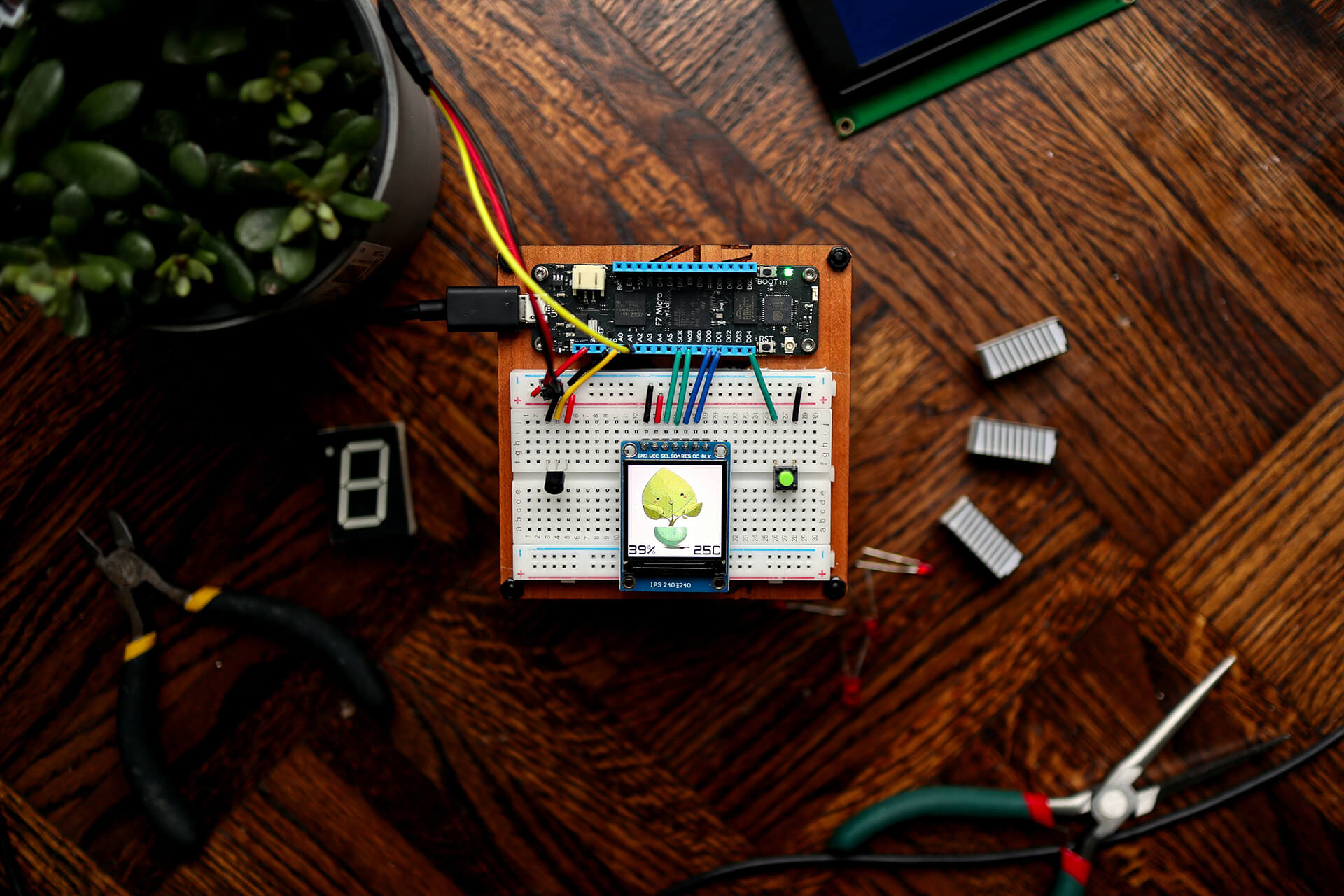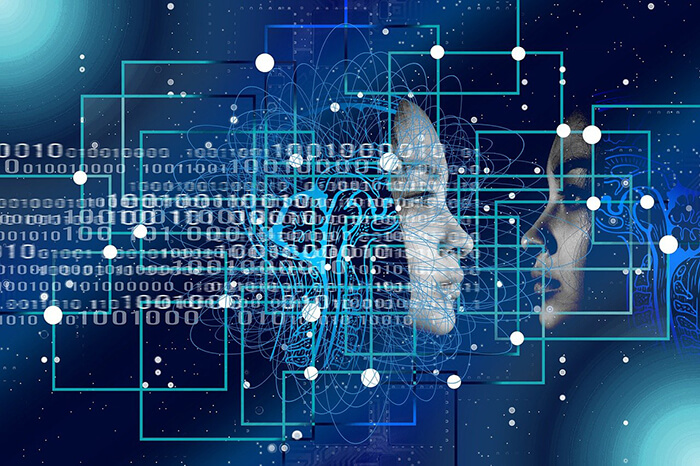Thank You!
A confirmation latter has been sent to your email. Check your inbox.


Digital health is not a replacement for traditional medicine, but a powerful tool that amplifies healthcare capabilities, improving patient outcomes and empowering individuals to take charge of their well-being." The introduction of the Internet of Things (IoT) has significantly disrupted healthcare delivery methods in the healthcare industry, providing innovative solutions to improve patient outcomes, reduce costs, and enhance the overall quality of care. The rise of wearable technology, remote patient monitoring, and smart medical devices have empowered healthcare providers to collect real-time data from patients and use it to deliver personalised care. By leveraging IoT and digital health solutions, healthcare organisations can streamline operations, improve efficiency, and enhance the patient experience. Therefore, from telemedicine to predictive analytics, the possibilities of IoT in digital healthcare solutions are limitless, giving us a glimpse of how new-age technologies can level up the virtual world.
IoT in digital health refers to using internet-connected devices and sensors to collect and analyse data from patients, medical devices, and other healthcare systems. Healthcare providers and digital health platforms can monitor patients remotely, track their health data in real time, and provide personalised care. This can include everything from wearable technology that tracks heart rate and physical activity to smart medical devices that automatically adjust medication dosages based on patient data. Thus, with the help of IoT, healthcare providers can gain insights into patient behavior and health patterns, enabling them to make more informed decisions about treatment plans and care delivery.
AI-powered chatbots The most popular example of IoT in healthcare is remote patient monitoring which, in simpler terms, translates to - IoT devices that collect patient data such as heart rate and body temperature; IoT devices, such as wearables, sensors, and home monitoring systems, enable continuous remote monitoring of patient's health parameters.
IoT facilitates telemedicine by remotely connecting healthcare professionals with patients. IoT devices enable video consultations, remote diagnosis, and treatment, expanding access to healthcare services, especially in remote or underserved areas.
IoT-powered smart pill dispensers, medication tracking sensors, and mobile apps enhance medication management. These devices send reminders, monitor medication adherence, and provide alerts for missed doses, minimising errors and improving patient compliance.
IoT devices enable continuous monitoring of patients with chronic conditions, such as diabetes, asthma, or heart disease. By collecting and analysing real-time health data, healthcare providers can detect early warning signs, intervene promptly, and personalise treatment plans, leading to better disease management and reduced hospitalisations.
IoT generates vast amounts of health-related data, which can be leveraged for data analysis and predictive analytics. Advanced analytics and machine learning algorithms applied to IoT data can reveal patterns, identify disease trends, predict outbreaks, and enable personalised medicine.
IoT helps optimise healthcare infrastructure by monitoring and managing equipment, assets, and resources. IoT-enabled systems track medical devices' location, status, and maintenance needs, ensuring their availability and reducing downtime.
IoT sensors monitor environmental factors like temperature, humidity, and air quality in healthcare facilities. This ensures optimal conditions for patients and helps prevent infections.
IoT facilitates the seamless integration and interoperability of various healthcare systems, including electronic health records (EHRs), medical devices, and hospital information systems. This enables efficient data exchange, streamlines workflows, and improves care coordination.
IoT-powered wearables like fitness trackers and smartwatches promote wellness tracking and proactive healthcare. These devices monitor physical activity, sleep patterns, and vital signs, empowering individuals to manage their health proactively.
At Sumcircle Technologies, we have always embraced new technological innovations with wider arms as we believe welcoming and encouraging knowledge is the wisest way out toward growth. Our tech solutions pertaining to digital health platforms are catered to with a contributing approach of being part of the change in the healthcare sector led by digitalization. Firstly, we must understand how the variety of wearable IoT devices provides various benefits for healthcare providers and their patients and how tech solutions enhance and maintain their efficacy. Without having any second thoughts, IoT is transforming the healthcare industry by redefining the space of devices and people interaction in delivering healthcare solutions. IoT has applications in healthcare that are advantageous to patients, families, physicians, hospitals, and insurance companies. Moreover, many challenges are faced by the application of IoT devices concerning security, privacy, efficiency, and many such because - ultimately, they involve software applications in detecting, transferring, and storing data.
Here is what IoT does for healthcare and how we @ sumcircle technologies facilitate it with our IT solutions -
IoT devices are embedded with sensors, software, and connectivity, enabling them to connect and exchange data with other devices and systems over the internet. These digital health solutions can include wearable devices monitoring vital signs, mobile apps tracking medication schedules and reminders, and telemedicine platforms allowing patients to connect with their healthcare providers remotely so that patients can take a more active role in managing their health, and healthcare providers can monitor their patient's health more closely and intervene earlier if needed.
The motive of our IT solutions has forever been to facilitate the use of technology for the better of all, not only for the one company but for the community. We have effectively assisted our client Kartavyahealthcon Limited - a digital health platform that enables IoT for patients in one of the parts of their services in the form of healthcare monitoring devices. In contributing to the cause, our web solutions assisted the platform in tracking their inventories of healthcare devices - ABPM Machine and Uroflow Machine, for convenient and optimum utilization. However, apart from monitoring patients’ health, there are many other areas where IoT devices are beneficial in hospitals where IT solutions can significantly help in the functioning of IoT devices tagged with sensors are used for tracking the real-time location of medical equipment like wheelchairs, defibrillators, nebulizers, oxygen pumps, and other monitoring equipment.
The integration of IoT in digital health is transforming how care is delivered and experienced. From remote patient monitoring to wearable health tech and real-time data tracking, IoT-powered solutions enable personalized healthcare and smarter decision-making. Hospitals and healthcare providers are increasingly adopting connected medical devices to streamline care and enhance patient outcomes. As mobile health apps and telemedicine platforms continue to evolve, the future of healthcare lies in a secure, data-driven, and connected ecosystem—bridging the gap between technology and wellness.

The use of IoT devices in the healthcare industry is increasing expeditiously, and with that comes the need for increased security measures. Hence, above everything, IoT device developers, managers, and healthcare providers must ensure that they adequately secure data collected by IoT devices. Developers must ensure that their devices have secure communication protocols, data encryption, and access controls to prevent unauthorized access to patient data. Healthcare providers must also take steps to ensure that their networks and devices are protected from cyber threats. With the increasing number of cyber attacks on healthcare providers, everyone involved in developing and using IoT devices in healthcare must take security seriously. By implementing strong security measures, healthcare providers and developers can help to ensure that patient data is kept safe and secure, ultimately improving patient care and outcomes. However, trusting proficient It Solutions for assistance can definitely impact how digital health platforms manage these IoT devices at their fullest capacity. We at @sumcircle Technologies can potentially be your helping hand for this digital health cause in healthcare infrastructure management.

IoT and AI are often used interchangeably, but they are two different technologies that serve different purposes. IoT stands for the Internet of Things and refers to a network of physical devices, vehicles, and other items embedded with sensors, software, and network connectivity. AI, on the other hand, stands for Artificial Intelligence and refers to the ability of machines to perform tasks that would typically require human intelligence, such as learning, problem-solving, and decision-making. While IoT devices can collect and transmit data, AI algorithms can analyze and make sense of that data, allowing for more informed decision-making and automation. All things considered, IoT is a network of physical devices, while AI is the ability of machines to learn and perform tasks that would typically require human intelligence. Both technologies rapidly evolve and potentially transform many industries, including healthcare, manufacturing, and transportation.
It can be concluded that healthcare is no longer confined to hospital walls. It has changed people’s lives, especially elderly patients, by facilitating constant tracking of their health conditions, positively impacting people living alone and their families. It's now an interconnected ecosystem where wearable devices, smart sensors, and telemedicine solutions seamlessly collaborate to enhance patient well-being with IoT.
Our expertise spans a diverse and proven tech stack, carefully employed to build solutions that meet evolving business needs with precision and reliability.
BACK END
FRONT END
CONTAINERIZATION
AUTOMATION
CI/CD TOOLS
MONITORING
PROGRAMMING LANGUAGES
FRAMEWORKS
LIBRARIES
CLOUD SERVICES